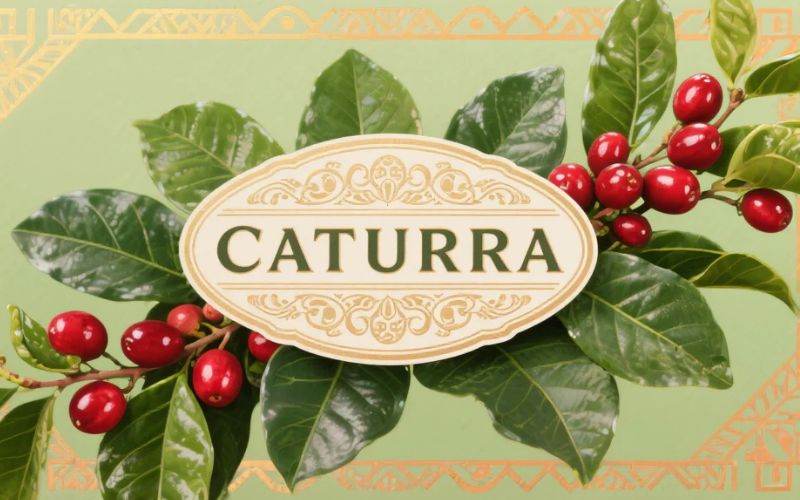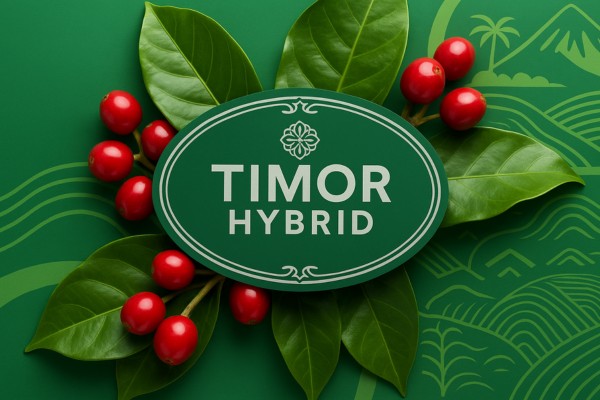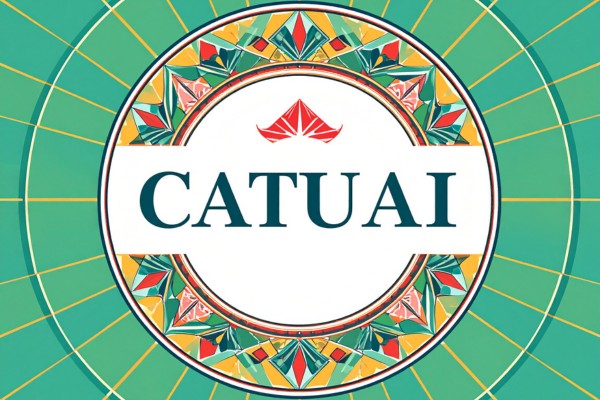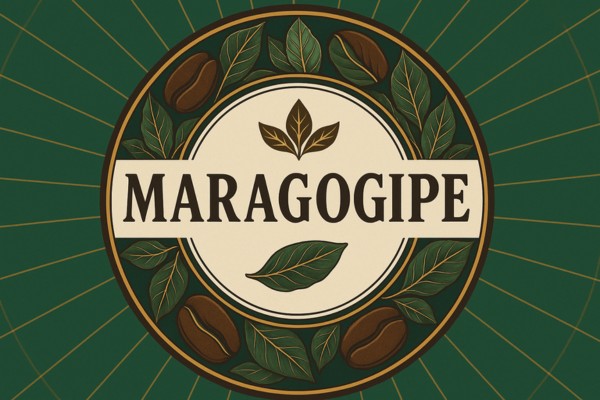
Caturra: The Compact Powerhouse
Learn about Caturra, the natural dwarf mutation of Bourbon that revolutionized coffee farming. Discover how its small size allows for dense planting and high yields, and explore its classic bright, citric acidity and clean cup profile that made it a cornerstone of coffee production in Latin America.
Caturra: The Little Giant of the Coffee World
Caturra is one of the most economically and culturally important coffee varieties in Central America. It is not a man-made hybrid, but a natural mutation of the classic Bourbon variety, discovered in Brazil in the early 20th century.
What makes Caturra so special is its dwarfism. The plants are small and compact, with a dense and bushy structure. This single trait revolutionized coffee farming, as it allowed farmers to plant their coffee trees much closer together, dramatically increasing the potential yield per hectare.
This high productivity, combined with its good cup quality, made Caturra a favorite among farmers and helped to fuel the growth of the coffee industry throughout Latin America.
A Brazilian Discovery
The story of Caturra begins on a coffee plantation in the state of Minas Gerais, Brazil, sometime between 1915 and 1918. Farmers noticed some Bourbon coffee trees that were unusually small and compact, yet were producing a large amount of coffee cherries.
Recognizing the potential of this new form, the Alcides de Carvalho Coffee Institute (IAC) in São Paulo state began to research and develop it in the 1930s. They named it "Caturra," which means "small" in the Guarani language.
From Brazil, Caturra was introduced to Guatemala in the 1940s and quickly spread to other countries in Central America, including Costa Rica, Honduras, and Panama. It became the foundation of the coffee industry in many of these nations for decades.
A Bright and Clean Cup Profile
Caturra is known for producing a reliable and pleasing cup, though it is perhaps less complex than its parent, Bourbon. Its defining characteristic is its bright and lively acidity.
- Acidity: The acidity is the star of the show. It is typically bright, crisp, and citric, with distinct notes of lemon and lime. This gives the coffee a clean and refreshing quality.
- Body: Caturra generally has a light to medium body, making it feel less heavy on the palate than a classic Bourbon.
- Aroma: The aromatics are often simple and sweet, with notes of citrus, nuts, and a hint of spice.
- Flavor: The flavor profile is clean and straightforward. Look for notes of citrus fruits, green apple, and a gentle, nutty sweetness.
While it may not always have the depth and complexity of some other varieties, a well-grown and well-processed Caturra is a wonderfully bright, clean, and satisfying coffee.
The Agricultural Revolution of Dwarfism
The main advantage of Caturra is its small size. This has several important implications for coffee farmers.
- Dense Planting: Because the plants are small, farmers can plant many more of them in the same area. This dramatically increases the number of coffee cherries that can be harvested per hectare.
- High Yields: Caturra is a high-yielding variety, especially when it is young and well-fertilized.
- Easier Harvest: The small size of the plants can also make them easier and faster to harvest.
However, Caturra also has its challenges.
- High Nutrient Needs: To sustain its high yields, Caturra requires a significant amount of fertilizer and care. If it is not well-managed, it can easily become exhausted, leading to a sharp decline in production, a phenomenon known as "overbearing."
- Disease Susceptibility: Like its parent, Bourbon, Caturra is highly susceptible to coffee leaf rust. This has been a major problem for farmers in recent years and has led to many replacing their Caturra trees with more resistant varieties.
Key Growing Regions
Caturra is found throughout Central and South America. It has been a workhorse variety in these regions for many years.
- Colombia: For many years, Caturra was the backbone of the Colombian coffee industry, prized for its bright, clean cup profile. Many farms have now replanted with the rust-resistant Castillo variety (which has Caturra in its genetic background).
- Costa Rica: Caturra is still widely grown in Costa Rica, where it is known for producing a classic, bright, and citric cup.
- Guatemala: It remains an important variety in Guatemala, contributing to the country's reputation for clean and balanced coffees.
Brewing for Brightness
To get the most out of Caturra, you want to use a brewing method that highlights its signature bright acidity and clean profile.
- Recommended Methods: Pour-over methods like the V60 or other conical drippers are excellent choices for Caturra. They tend to produce a cup with a lighter body and a focus on acidity, which is perfect for this variety.
- Grind and Water: A medium-fine grind and good quality water will help to achieve a balanced extraction that brings out the sweetness to support the bright citric notes.
A Parent to Modern Hybrids
Caturra's genetic legacy is very important. Its compact size and good cup quality have made it a key parent in the development of many modern coffee hybrids.
Its most famous offspring is Catuai, a cross between Caturra and the high-yielding Mundo Novo. It is also a parent of the Catimor group of varieties, which cross Caturra with the rust-resistant Timor Hybrid.
Conclusion: The Little Plant that Could
Caturra may be small in stature, but its impact on the coffee world has been enormous. It changed the way coffee was farmed in Latin America and brought a bright, clean, and accessible flavor profile to millions of coffee drinkers.
While it is facing challenges from disease, Caturra remains an important part of the specialty coffee landscape. It is a testament to the power of a single genetic mutation to reshape an entire industry, and it continues to provide a wonderfully bright and cheerful cup of coffee.


